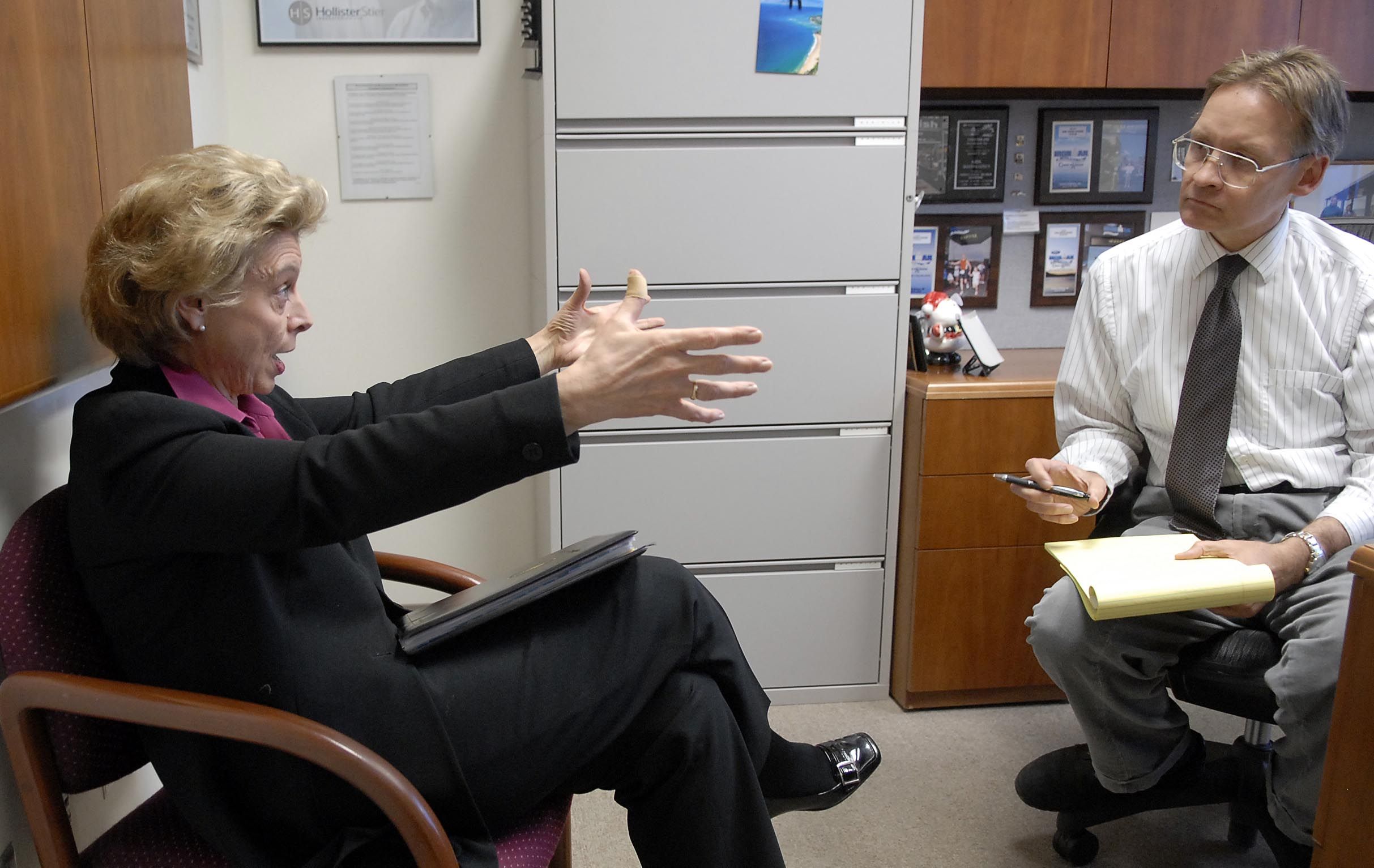State gets B- on budget transparency
OLYMPIA – Washington gets a good grade for showing its residents how the state spends their money, but probably deserves lower marks for letting them see how those spending decisions are made, government watchdog groups said Wednesday on the eve of the next big milestone in the budget process.
Gov. Jay Inslee is scheduled to release his budget recommendations Thursday morning, on day 74 of the 105-day legislative session, and the Senate Majority Caucus is expected to release its full budget sometime next week. The date is certain, but it’s unlikely to be Monday, which is April Fool’s Day.
To read the rest of this item, or to comment, continue inside the blog.
Groups worried about cuts or hoping for increases are stepping up their lobbying efforts and looking for ways to catch legislator’s attention. On Wednesday, the Children’s Alliance held its annual “Taste of Spokane” luncheon featuring Longhorn Barbecue for Spokane-area legislators and made a pitch for programs the protect children. Thursday morning, a group of seniors will be holding a bake sale in the Capitol basement and giving the proceeds to legislative leaders as a way of pressuring them to spend more on programs for seniors and the disabled.
With the state expected to collect about $2 billion more in revenue over the next two years, the pressure on the budget is less than some previous years at the depths of the recession, but competition for money for programs is still intense. But even with the extra projected revenue, the main budget for state programs, policies and salaries, known as the operating budget, has a gap of about $1.2 billion between the amount of money the state expects to collect in taxes and the cost of all programs and services it currently provides. The state may need to spend as much as $1 billion more on public school programs to satisfy a state Supreme Court mandate.
The Washington Public Interest Research Group gave the state a B-minus for budget transparency, based in large part on its web site that lets people track the budget online. Jason Mercier, of the Washington Policy Center, who joined in Wednesday’s “report card” announcement on the steps of the Capitol, said he might give the state a B-plus for the web site, but an incomplete for the way the budget is passed.
That process still includes blank legislation, known as “title only” bills that are introduced to provide vehicles for late-session budget changes; spending plans of several hundred pages that are sent to hearings just hours after they are introduced; and back-room negotiations that exclude the public, Mercier said.
“After they’ve done what they’re going to do to us, we do get to see it,” he said.
That’s because of an increasingly sophisticated website operated by the Legislative Evaluation and Accountability Program Committee, which allows citizens to compare in great detail the operating budget proposals for the next two years by the governor, House and Senate committees, almost as soon as they are released, and compare them with the current biennial budget.
LEAP also offers citizens a chance to see where money for separate budgets for capital and transportation projects will be spent statewide, in individual counties or legislative districts, Tom Jensen, the program administrator said.
Washington scored better than 34 other states, Micaela Preskill of WashPIRG, said. It got marked down not providing more information about state agencies’ “off-budget” spending and various economic development subsidies.
